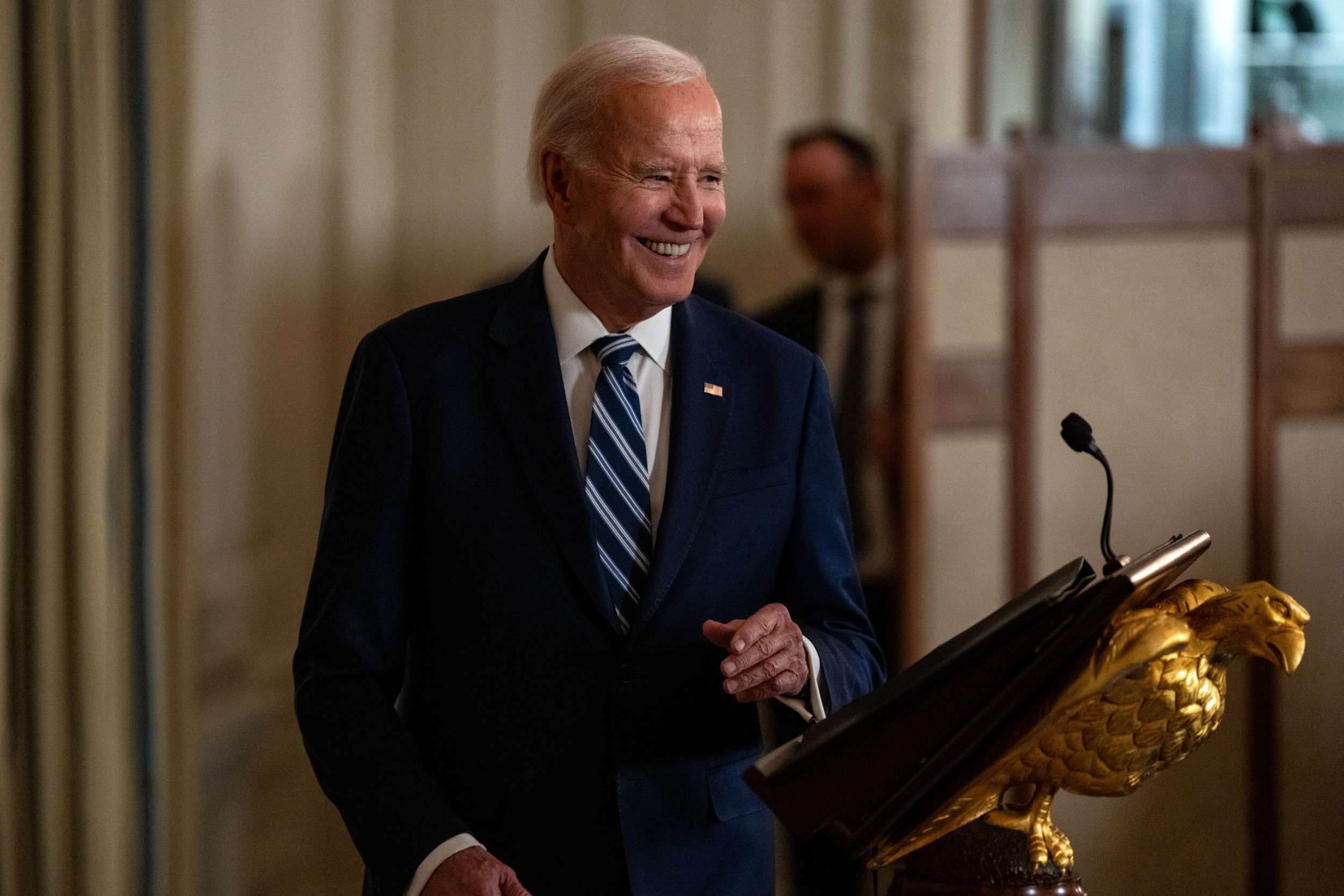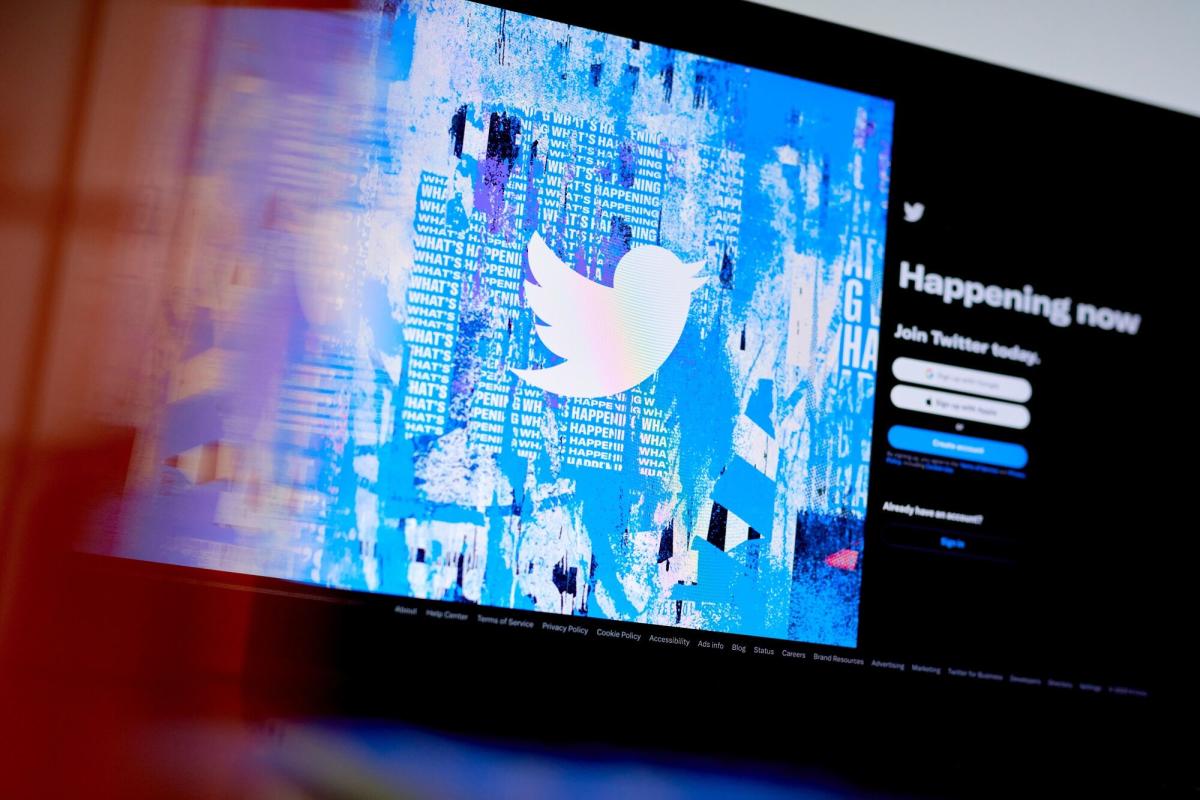- Delivery drivers are weighing in on a contentious debate over what constitutes a good tip.
- Some drivers say a good tip is roughly 15% to 20% gratuity on the total cost of a delivery order.
- Others say percentage-based tips don’t always account for the time and effort some deliveries take.
Insider recently asked 10 delivery drivers to weigh in on a hotly contested issue: How much should you tip on a $20 food delivery order?
The question stemmed from a recent incident, where DoorDash fired a driver who cursed at a woman for tipping $5 on a $20 order.
The drivers Insider interviewed generally agreed that the baseline for a good tip is between 15% to 20% of the total bill — including taxes and fees.
After publishing our story, however, several current and former drivers at DoorDash, Grubhub, Uber Eats and other delivery platforms emailed us saying the article missed a key point.
Percentage-based tips don’t always account for the time and effort it takes to deliver an order, drivers said.
Consider delivery time and distance when tipping, drivers say
Whether a $5 tip on a $20 order is good (or bad) can depend on the circumstances of the delivery.
Long routes, traffic, difficulty parking, and restaurant delays can all make that $5 less valuable, drivers said.
With this in mind, customers should consider boosting tips for longer delivery routes, they said.
“Dashers like me who are trying to earn a minimum hourly do not select orders based on whether or not the tip is proportional to their total order,” Navi Vong, a delivery driver who works for both DoorDash and Uber Eats, told Insider by email. “Instead, we select orders based on distance to the customer and how much the total offer is.”
In New York City — or at least the financial district of Manhattan where we conducted our initial driver survey — distances can be nominal. For example, we ordered coffee from a Starbucks that was roughly 400 feet from Insider’s office. If you estimate an arbitrary base pay of $2 and our tip of $2.50, drivers could earn around $4.50 on an order that took maybe 10 minutes to complete. That could amount to $27 an hour if a driver could nab five other similar jobs.
In other parts of the country, though, where the distance between a customer and a restaurant is a matter of miles, the calculus changes — especially for drivers paying for gas and vehicle wear-and-tear.
“Couriers use their own vehicles, complete with insurance, gas, and other maintenance costs,” Vong wrote. In the Phoenix area where Vong works, earning less than roughly $20 per hour “is not enough for the cost it takes to maintain the vehicle to deliver in the first place,” she said.
Several drivers said they are constantly analyzing distance, travel times, and wait times in order to maximize their hourly earnings. Some have even started asking customers for higher tips before delivery. (Though customers sometimes promise a big tip, then reduce it later in a practice called tip-baiting).
Heaven Leigh, who lives in Arizona, told Insider she drives for DoorDash outside of her full-time job to make ends meet. She often considers restaurants’ speediness when weighing whether to accept a delivery offer, she said.
“There are certain restaurants I decline every time because I know it will take too long for me to wait for the food, so if I end up in a situation where the drop off takes too long it can be devastating when I know my car payment is dependent on this,” Leigh wrote by email. She said she maintains a personal goal of earning at least $1 per mile.
A spokesperson for DoorDash said, however, that company data shows Dashers generally earn more during the course of their route when they accept more orders than when they “cherry-pick” jobs.
The company also said it gives drivers the option to to choose between two payment options: “earn by time” and “earn by offer.” The latter option takes into account factors like estimated duration, distance, and “desirability” of the order, the company said.
Patrick Schoonover, a former DoorDash driver, said customers in general should think of deliveries as a service that is separate from their food order.
“People need to stop thinking about the total order on tipping, but actually how much it costs a driver to play the role of a personal (most of the time, exclusive) courier for their food,” he told Insider by email.






